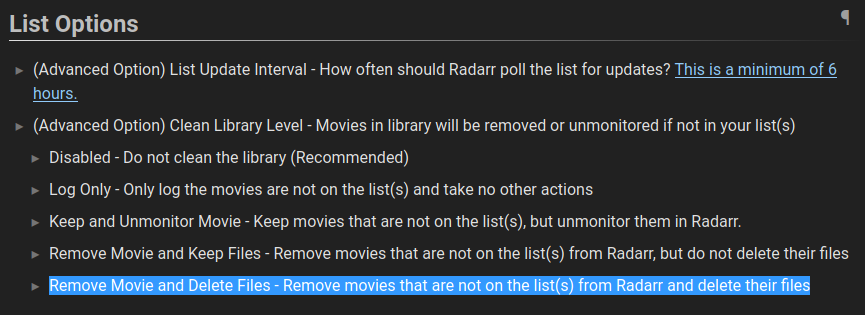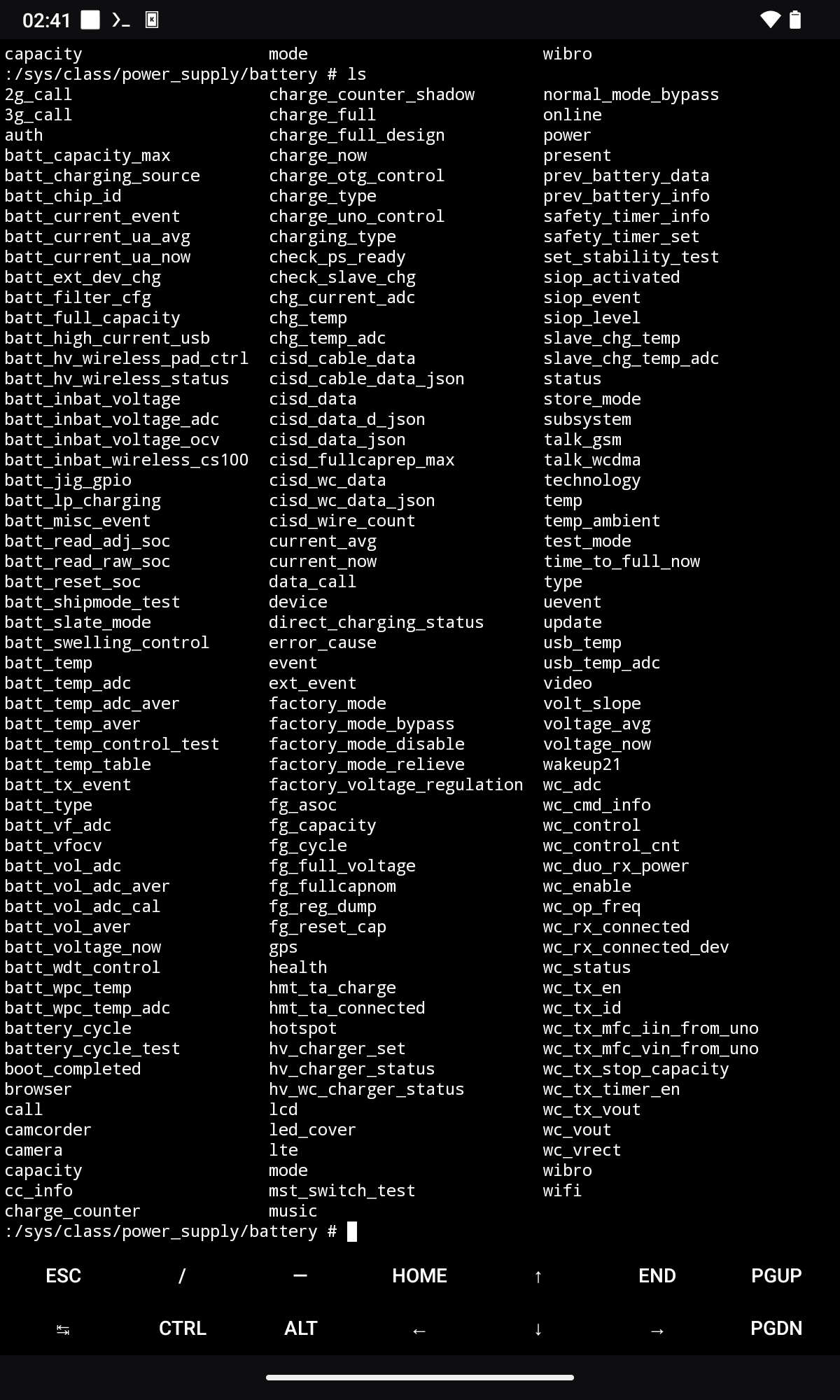look up btrfs send and receive. you'll be copying data from the old disk to the new. prior to that you create the same layout on the new disk (efi, boot, btrfs with LUKS, subvolumes root and home). sadly, there aren't any readymade solutions that do this for you. big time NO on clonezilla and friends.
Thanks. Just did a check with a zip tie; the rim oscillates all over the place, it's not like there's just a small region that's off and needs adjusting. I don't think fixing it is feasible, so I guess a new wheel it is.
thanks. curse those evil bastards who didn't have the decency to also throw away a functioning controller... I guess I'll give up for now.
thought about maybe installing linux or something, but this thing has like 256 MB RAM, so not much point to it.
Vista. Tried to make Ubuntu work for a while but that was a shit show back then... Moved over to OS X and I was home - a beautiful UNIX where everything just worked. Stayed there for close to a decade (Lion-Mavericks-El Capitan-High Sierra-Mojave), mostly on non-Apple hardware.
Sadly, the iOS-ization ramped up so I had to rip tons of iCloud related stuff everytime I did a fresh install and then Catalina killed off 32-bit apps and brought other irritants, so I tried Fedora 35 and escaped with close to no issues.
And here I am, on Fedora 40 five years later.
thinkpads are interesting because they are heavy-duty machines that can be had for cheap on the used market. they are cheap because businesses buy them by the truckload and then offload them after three+ years and switch to Newest & Best. flooded market plus a buncha older models still around from earlier floods plus civilians selling their shit -> low price, otherwise nobody would buy them.
if you haven't got access to such a market, either by being around where they're being dumped directly or by having local businesses importing them in bulk and reselling them locally, then you should look elsewhere for value, as they're only interesting if they can be had for cheap.
e.g. you have similar options from hp (elitebook) and dell (latitude), they are also business-class laptops with durability and serviceability in mind, perhaps you can find those locally.
as an aside, you should skip all AMD platforms up until 5000 series; many issues (power management, GPU performance, etc.) especially if you're going to run linux.
first off, if you plan to scan the storage for bad "sectors", that's gonna take eons if the disk is of any considerable size. what's more likely is you running the SMART self-test and that will work over any medium.
the cables absolutely can and do cause corruption, whether it's plain SATA-SATA cables or the USB-SATA with their own controller on it; however, if you don't have reason to suspect this particular cable/adapter is faulty, it's not a worry vector per se.
looking for "privacy issues" in iOS is like wondering if the sandwich you found in the sewer has healthy and organic salami, as if that's the only issue preventing you from eating it.
you're being spied on from the moment you activate it, including when it's "off", so does it matter if there are seven or actually nine things invading your privacy?
wish they would say what the "old intel CPU" refers to and which ate the modern ones that don't need the hack.
I have no idea what this challenge is (I automatically assume it's some cringe when I read "challenge" also that pic is... what?), but you don't run Mint/Debian/Ubuntu if you have super-fresh hardware, like AMD 7000-series or Intel 14th gen and so on. in that case you have to go with Fedora or one of its derivatives (Nobara, Bazzite, etc.), because they have the newest kernels that allow this hardware to run OOB.
if you have a bit older hardware (like 2-3 years old), Mint or Debian is your best bet; Ubuntu if you have to, and only as a stepping stone. it's a solid base and if you use flatpak for everything (Firefox, Chrome, Lutris, Steam, etc.) you won't have issues with old packages and you'll get the best of both worlds - stability and supported hardware.
what's this "probability" based on?
wine exposes the user's home directory as drive Z: and has full read/write access to it. so, the user's proper fucked.
edit: I misspoke, Z: exposes the entire root file system, whereas only the /home/user/ has full r/w access.
nothing to share about my setup, but I've just checked and I haven't used finamp on my phone since november last year. reason - Innertune. works phenomenally on the shittiest data plan, haven't maxed it out once.



CZ and dd and other "it's 1998" tools copy the entire disk. like, you clone a 500 GB SSD with 50 GB used to another disk, guess how much data gets copied? correctomundo, the entire 500 gigs. that's not super-healthy for the new drive and it recreates the same volume UUIDs on the target disk as the source drive, so you're left with a mess if you keep both drives in a system.
you have a modern tool at your disposal, the mentioned
btrfs send subvol | btrfs receive subvolthat copies only what's used. GRUB (you can use this opportunity to switch to systemd-boot) won't pick up shit, you need to install it to the new drive (and remove it from the old one).eons ago, macOS had the SuperDuper! tool, a free utility that clones the entire disk, resizing the partition in the process and copies only the data and it does that from within the OS, no booting off USB installers and such. sad to say, nothing close exists over here, you'll just have to get good at doing things manually.